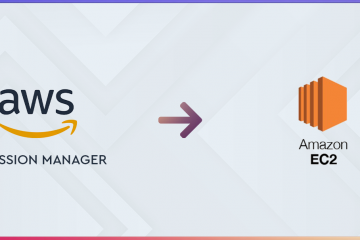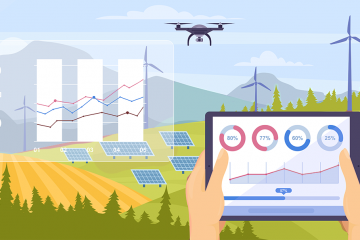 .
.
If you can’t Measure it, you can’t MANAGE it, and if you can’t MANAGE it, you can’t FIX it.
-Michael Bloomberg
Former Mayor, New York
While our title might have sounded
too mystifying, our title would have definitely helped you understand what we
are getting at.
So we know air pollution is a
serious global threat which is advancing at an alarming rate. Before we delve
more into what we intend to tell you about, let us look at some statistics. Air
pollution takes more than 8 million lives every year making it the fourth
largest cause of death globally.
According to a recent study by the
WHO on air pollution, more than 8 out of 10 people breathe in polluted air
every minute. The Indian capital, Delhi is one of the top nine most polluted
cities in India. These 9 cities are among the top 20 most polluted cities in
the world which have a high concentration of PM 2.5 particles (around 700 mpcm).
But these are just statistics and
facts, how can it help us manage pollution? To explain this, we have to reread
the words of Michael Bloomberg. Every city has its own unique geography, wind
and weather pattern, man-made sources of pollution and level of impact. So it
is logical that the solution for air pollution would too differ. But how would
the policymakers come up with a reasonable solution for the entire country?
This is where big data and IoT-based
devices come to our help. Several cities have started adopting initiatives that
could help address this concern effectively. Data collected from individual
IoT-enabled devices from across a city and combining that with the big data and
AI can help researchers know exactly what kind of pollutants we are dealing
with and come up with the right kind of strategy that could help us deal with
it.
When done over a period of time, we
can also get real-time data on the effectiveness of the new policies and
strategies that have been put into practice. Not only that, using big data,
researchers can do a predictive analysis of pollution and forecast it to help
minimize exposure and manage it efficiently.
If the
policymakers can get a clear picture on what the pollution data would look like
next week, they would be able to set up clear goals and policies that can
enable better control and also forewarn the people about its intensity. They
would also be able to analyze any sudden spike in the levels of specific
pollutants and identify its root cause.
This can also improve traffic
management and pollution monitoring in busy city roads. Sensors in heavy
traffic prone area would update real-time traffic data that can help us make an
informed decision on traveling in that route and take anticipatory measures
well in advance to curb it.
But how do we know all this? We are one of the leading manufacturers of air quality monitoring devices in India and one of the few who has successfully implemented and developed IoT enabled AMS. We give environmental intelligence to the world, and our devices are specially designed to do just that.
We believe that predictive analysis is the best way to go about this air pollution situation and every single data that we can get can bring us closer to a cleaner and pollution free world.
Join us in our cause. Visit our Ambee webpage to know more about indoor air monitor
Also available on  .
.
 .
.




